Northeastern Thai Sausage (Sai Krok Isan)
By Sho @ Hungry for Thai
on
Dec 30th 2024  Updated: Apr 15th 2025
Updated: Apr 15th 2025
Prep time
40 minutes
Cook time
10 minutes
Serves
5
Ingredients
Steps
-
Making Northeastern Thai Sausage (Sai Krok Isan):
-
Soak the glass noodles in room temperature water until they become soft. Then, drain the water and cut the noodles into short pieces.
-
Pound garlic, pepper, and coriander root together until finely combined.
-
Combine the ground pork with the pounded garlic, pepper, and coriander root mixture, then season with salt, seasoning powder, and sugar. Mix and knead the ingredients for about 5 minutes until the mixture becomes slightly sticky.
-
Add cooked rice and glass noodles to the mixture and knead until well incorporated. Take a small portion of the mixture and cook it in the microwave. Taste and adjust the seasoning if necessary before stuffing into the sausage casing.
-
💡 Pro tip! Soak the collagen casing in water for about 3–5 seconds to soften it, making it easier to stuff. Fill the sausage casing with the mixture. Tie the casing into sections with string or twist the casing to create links of your desired size. If you don't have string, twisting and pinching the casing will hold it in place.
-
Let the sausages air dry for at least 1 day. For a tangier flavor, leave them for a couple days to ferment.
-
Grill the sausages over low heat, turning them frequently to ensure even cooking. As they cook, the casing will puff up and become tight. Use a skewer to poke small holes to release the air and prevent them from bursting.
-
Once cooked, cut the sausages into pieces and serve with fresh ginger, chili peppers, and cabbage for a complete and flavorful experience.
-
This post may contain affiliate links. As an Amazon Associate, I earn from qualifying purchases—at no extra cost to you. Thanks for supporting Hungry For Thai!
Table of Contents

FREE DOWNLOAD
Get My Top 10 Easy Thai Recipes!
Download my top 10 easy Thai recipes absolutely free!
Sai Krok Isan vs Northern Thai Sausage – What’s the Difference?
In Thailand, you’ll find two main regional sausage stars: the bold and spicy Thai Northern-style sausage (sai aua) from Chiang Mai and the tangy, juicy Thai Northeast sausage from Isan.
Both are delicious in their own way, but if you’re craving something with a bit of zing and a satisfying snap, Sai Krok Isan is the one to try.
If you’ve ever strolled through a Thai street food market, you’ve probably seen Northeastern Thai sausage (Sai Krok Isan) sizzling on skewers, releasing a mouth-watering aroma that makes it impossible to walk by without stopping.
This tangy, slightly garlicky sausage is a beloved snack from Isan, the Northeastern region of Thailand.
Unlike Northern Thai sausage (Sai Ua), which is packed with herbs and curry paste, Sai Krok Isan has a unique fermented tang thanks to the sticky rice mixed into the pork before cooking.
That little twist creates a flavor profile you just can’t find in other types of Thai sausage.
Whether you enjoy it fresh off the grill with cabbage, bird’s eye chilies, and slices of fresh ginger—or pack it into a picnic basket—Sai Krok Isan is one of those snacks that brings the vibrant flavors of Thailand straight to your plate.
Thai Northeast Sausage (Sai Krok Isan) – Traditional Fermented Sausage Recipe
The history of Isan sausage in Thailand varies depending on the narrative.
Some say it originated from the tradition of cattle slaughtering, where villagers began making Isan sausage as a way to preserve leftover meat.
The main ingredients of Isan sausage are minced or finely chopped fatty meat, which can be either pork or beef, mixed with coarsely ground garlic and cooked rice.
The mixture is seasoned with salt, and some may add other ingredients, such as glass noodles or various herbs, to enhance the flavor.
If you’ve ever strolled through a Thai street market, you’ve probably caught the smoky, savory scent of Sai Krok Isan sizzling on a charcoal grill.
This Northeastern Thai sausage is packed with bold, tangy, garlicky flavors—thanks to a bit of fermentation magic.
Whether you’re already a fan or just discovering it, this homemade version is super satisfying to make and eat!
What you'll need
- Ground pork: The main protein and base of the sausage, providing richness and texture.
- Cooked rice: Adds softness to the sausage and helps with fermentation for a tangy flavor.
- Glass noodles: Soaked and chopped, they help bind the sausage mixture and add a chewy texture.
- Coriander root or stem: Part of the "Sam Ga-Leur" trio, it gives a fragrant, earthy aroma that defines Thai flavor profiles.
- Garlic: Adds bold, savory depth and balances the pork’s richness.
- Pepper: Adds a mild spiciness and warmth to the sausage.
- Salt: Enhances all the other flavors and aids in preservation.
- Seasoning powder: Provides an umami boost for a well-rounded taste.
- Sugar: Balances the saltiness and enhances the fermentation process for a subtle sweetness.
- Collagen Casing: A thin, edible casing made from collagen, commonly used for making sausages. It's durable and easy to handle, giving the sausage a smooth, uniform shape while allowing it to cook evenly.
- Kitchen Twine: A strong, food-safe cotton string used to tie off the ends of the sausage or create links. It’s heat-resistant and doesn’t add any unwanted flavors to the sausage.
Why You’ll Love This Northeastern Thai Sausage (Sai Krok Isan) Recipe 🩷
- Bold, Tangy Flavor: The slight fermentation gives these sausages a uniquely tangy, garlicky kick that’s addictively delicious.
- Authentic Thai Street Food at Home: No need to travel to Isan—you can bring those smoky, savory vibes right to your own kitchen.
- Fun to Make: It’s surprisingly satisfying to stuff and twist your own sausages. Great for weekend cooking projects!
- Customizable: Adjust the sourness by changing the fermentation time. Prefer spicier? Add chopped chili flakes to the mix.
- Perfect for Grilling Season: These sausages are made for the grill—juicy on the inside, crispy on the outside.
- Pairs with Everything: From sticky rice to fresh herbs and pickled veggies, Sai Krok Isan fits beautifully into any Thai meal spread.
- Freezer-Friendly: Make a big batch and freeze them—you’ll thank yourself later.
- Great Conversation Starter: This unique dish always gets people talking, especially if it’s their first time trying fermented Thai sausage!
How to Make Northeastern Thai Sausage (Sai Krok Isan)
- Soak noodles: Soak glass noodles in room temp water until soft. Drain and cut into short pieces.
- Make seasoning paste: Pound garlic, pepper, and coriander root until smooth.
- Mix pork: Combine ground pork with the paste, salt, seasoning powder, and sugar. Knead for 5 minutes until sticky.
- Add rice & noodles: Mix in cooked rice and chopped noodles. Microwave a small piece to taste-test and adjust seasoning.
- Stuff sausages: Fill sausage casing with the mixture. Twist or tie into links.
- Ferment: Air dry for 1–2 days. Longer fermentation = tangier flavor.
- Grill: Grill over low heat, turning often. Prick with a skewer to release air and avoid bursting.
- Serve: Slice and serve with fresh ginger, chilies, and cabbage. Enjoy!
What to Serve With Sai Krok Isan
Looking for the perfect sides to round out your meal? Here are some tasty ideas:
🥗 Starter: Thai Papaya Salad (Som Tum) – for that classic Isan pairing.
🥩 Main Course: Sticky Rice and Laab Moo.
🍛 Side Dish: Pickled ginger, fresh bird’s eye chilies, and cabbage – traditional and zingy!
🍰 Dessert: Coconut Sticky Rice with Mango – sweet, creamy, and refreshing.
Sai Krok Isan, its crispy exterior gives way to a tender, juicy interior from the very first bite, followed by firm yet soft textures that are simply delightful to chew.
The flavor is perfectly balanced, complemented by the fragrant herbs that make it truly unforgettable.
The reason Isan sausage does not spoil after being left outside for 2 days is due to the fermentation process, which acts as a natural preservation method.
Here's how it works:
- Salt's Role: Salt is added to the mixture, which helps inhibit the growth of harmful bacteria. It creates an environment where only specific types of bacteria, such as Lactobacillus (beneficial lactic acid bacteria), can thrive.
- Fermentation by Lactic Acid Bacteria: The cooked rice and sugar in the mixture provide food for lactic acid bacteria. These bacteria ferment the carbohydrates, producing lactic acid as a byproduct. This acid lowers the pH of the sausage, creating an environment that's hostile to harmful microorganisms.
- Drying and Aeration: When the sausages are left to dry slightly in the sun or at room temperature, the outer layer loses some moisture, reducing the chances of spoilage by water-loving bacteria.
- Short Fermentation Period: The 2-day period is relatively short, during which the beneficial fermentation dominates and prevents spoilage. Prolonging the process, however, without proper control could risk spoilage or over-fermentation.
The sausages are then left to dry slightly in the sun and allowed time to ferment, developing a tangy flavor balanced with a hint of saltiness.
This traditional preservation method, when done properly, ensures that the sausages are safe to eat, with their signature tangy flavor and extended shelf life.
However, clean preparation, proper ratios of salt, and appropriate environmental conditions are crucial to avoid spoilage.
FAQs
Sai Krok Isan is a traditional fermented sausage from Northeastern Thailand.
It’s made with ground pork, garlic, rice, and sometimes glass noodles.
The fermentation gives it a tangy flavor that’s super craveable!
Yes, as long as you follow proper hygiene and don’t over-ferment.
Let them sit at room temp for about 1–2 days in a cool, dry place with good airflow.
If it’s hot where you are, check after 24 hours and refrigerate if needed.
No sausage casings? No worries! You can totally use rice paper wrappers instead.
Just soak a sheet of rice paper in warm water for a few seconds until soft, then place a spoonful of the sausage mixture in the center.
Roll it up like a spring roll—tuck in the sides and roll it tight.
Tip: Pan-fry or air-fry them with a little oil until the outside is golden and crispy.
You’ll get delicious mini sausage rolls with a thin, chewy wrapper instead of a casing.
They’re perfect as appetizers or party snacks!
Once fermented, you can refrigerate uncooked sausages for up to 3 days or freeze them for a month.
Cooked sausages last 3–4 days in the fridge.
Make Northeastern Thai Sausage (Sai Krok Isan) at home and bring the bold, tangy flavors of Thai street food to your table.
These sausages are perfect for a snack, picnic, or summer BBQ.
Serve them hot off the grill with fresh cabbage, ginger, and chilies for the ultimate bite.
Let me know how you like it and enjoy cooking!
Tips
- Choose the right pork-to-fat ratio: A mix of about 70% lean pork to 30% fat keeps the sausage juicy and flavorful.
- Use cooked rice: The rice not only gives texture but also helps the fermentation process for that signature tang.
- Don’t skip the fermentation: Leave the sausages at room temperature for 1–2 days (depending on the weather) before grilling to develop the iconic sour flavor.
- Grill low and slow: This ensures the sausages cook evenly without splitting, giving you a beautiful golden-brown color.
- Serve with the classic sides: Fresh cabbage, sliced ginger, and spicy chilies balance the richness of the sausage perfectly.
Leave A Comment
More recipes to try…

Crispy Parmesan Zucchini Rings with Creamy Dip
25th September 2025
If you’re looking for a healthier twist on classic fried snacks, these Crispy Parmesan Zucchini Rings with Creamy Dip are a must-try! What makes this recipe extra special is the creamy dip made from the zucchini centers—no waste, all flavor! Perfect as a vegetarian zucchini appetizer, healthy zucchini snack, or party-friendly finger food, this dish is a fun and delicious way to enjoy zucchini in a whole new way.
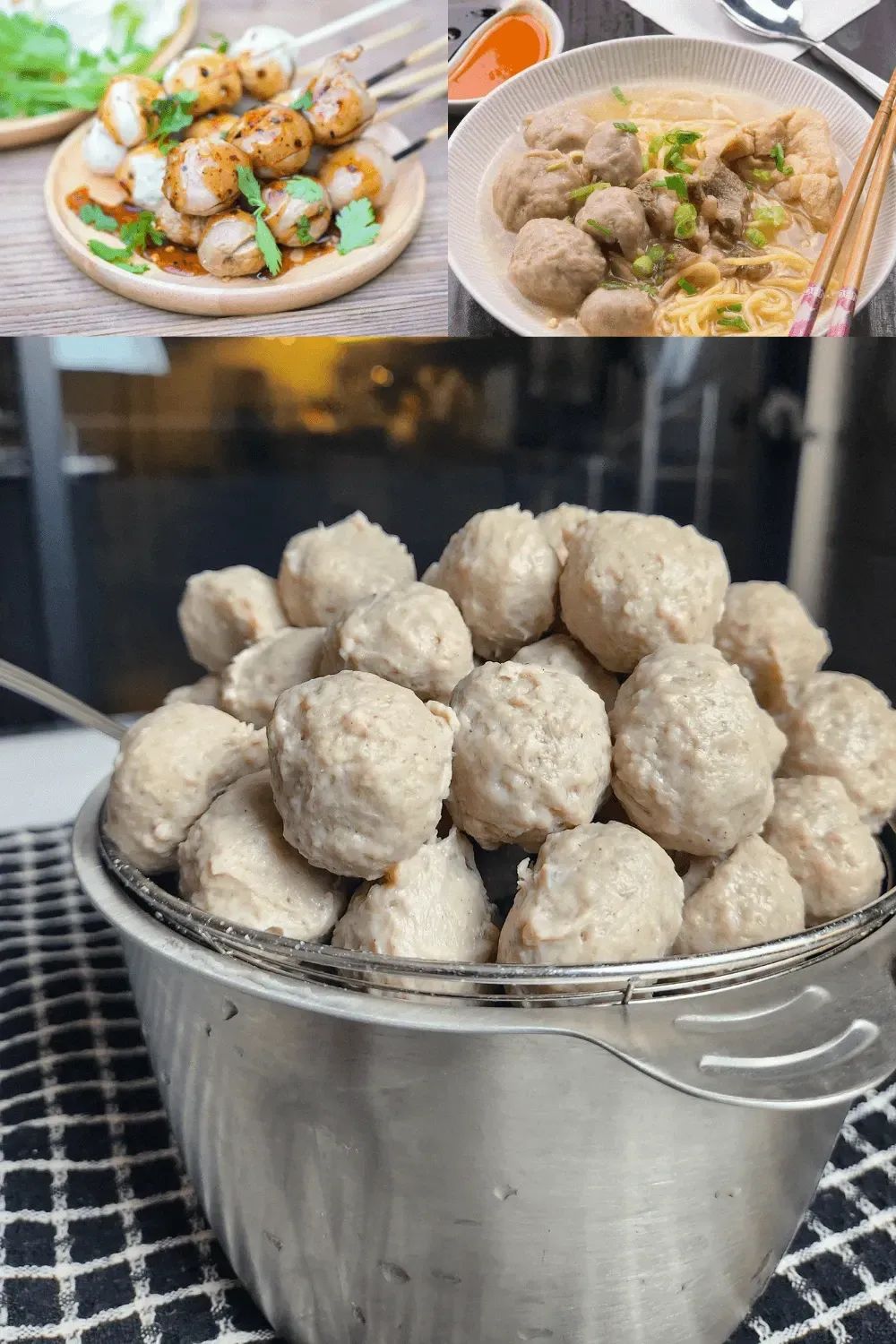
Beef Meat Balls
27th December 2024
Another popular snack that can be found everywhere in Thailand is ลูกชิ้น-luk chin (meatballs). If you walk through street food markets, this is definitely one menu item you'll come across. They can be made from pork, beef, fish, chicken, or shrimp. I really love them!

Thai Son-in-Law Eggs (Kai Look Keuy)
12th August 2025
Golden-fried eggs drizzled with a sweet, tangy tamarind sauce and topped with crispy shallots—what’s not to love? Thai Son-in-Law Eggs, or Kai Look Keuy (ไข่ลูกเขย), is a simple yet delicious dish that brings together crispy textures and bold, sweet-savory flavors in every bite.



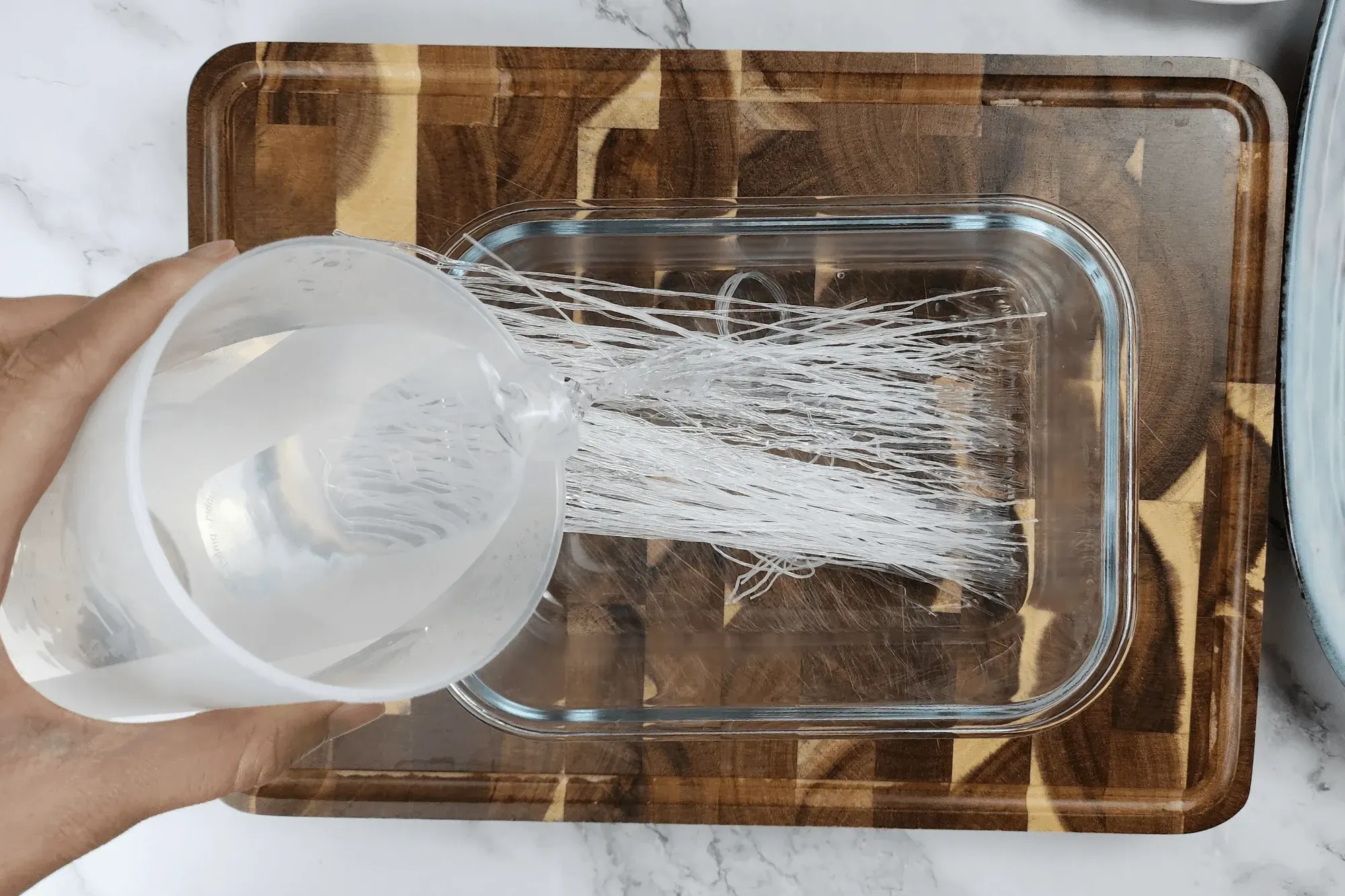


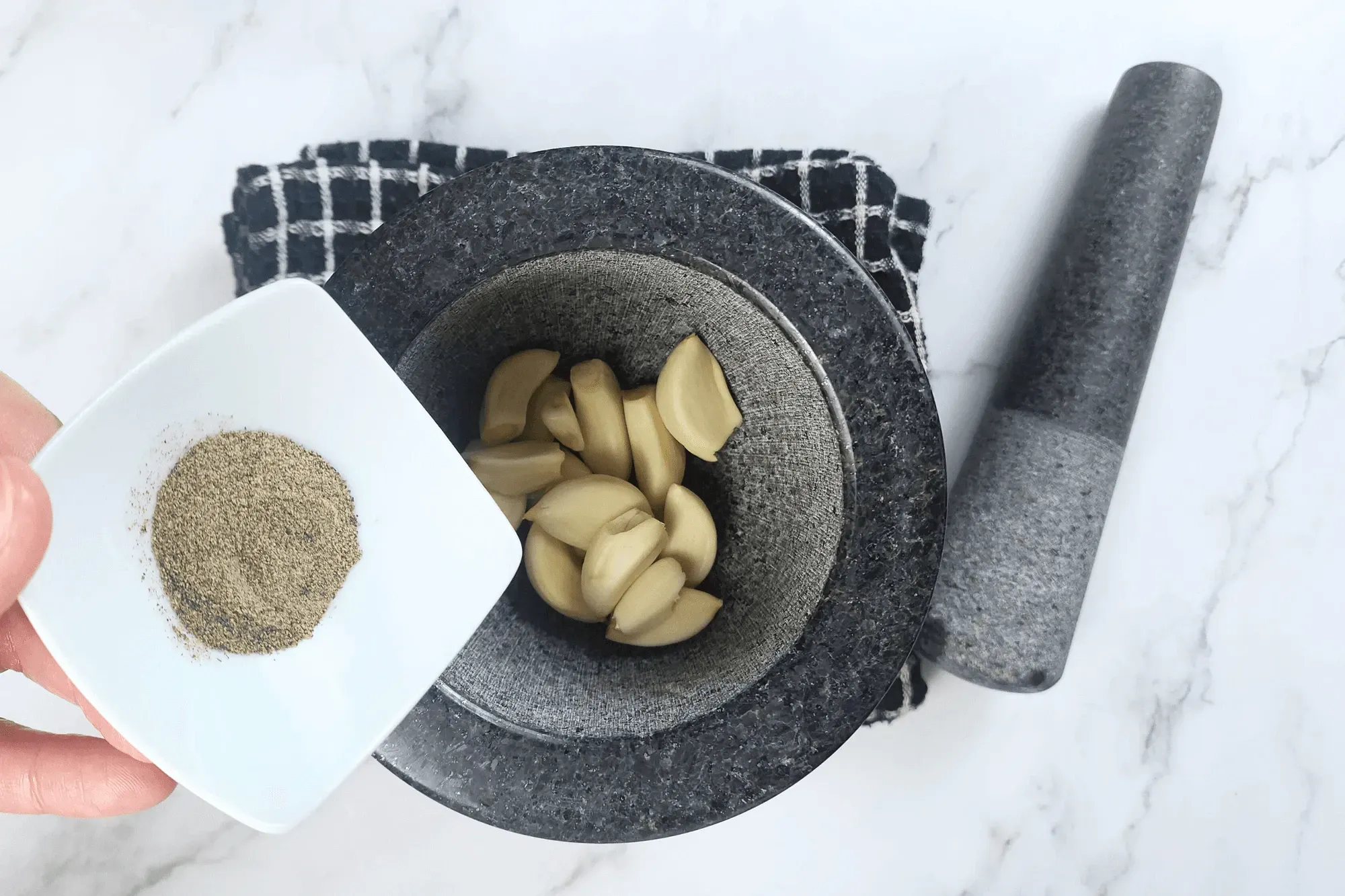
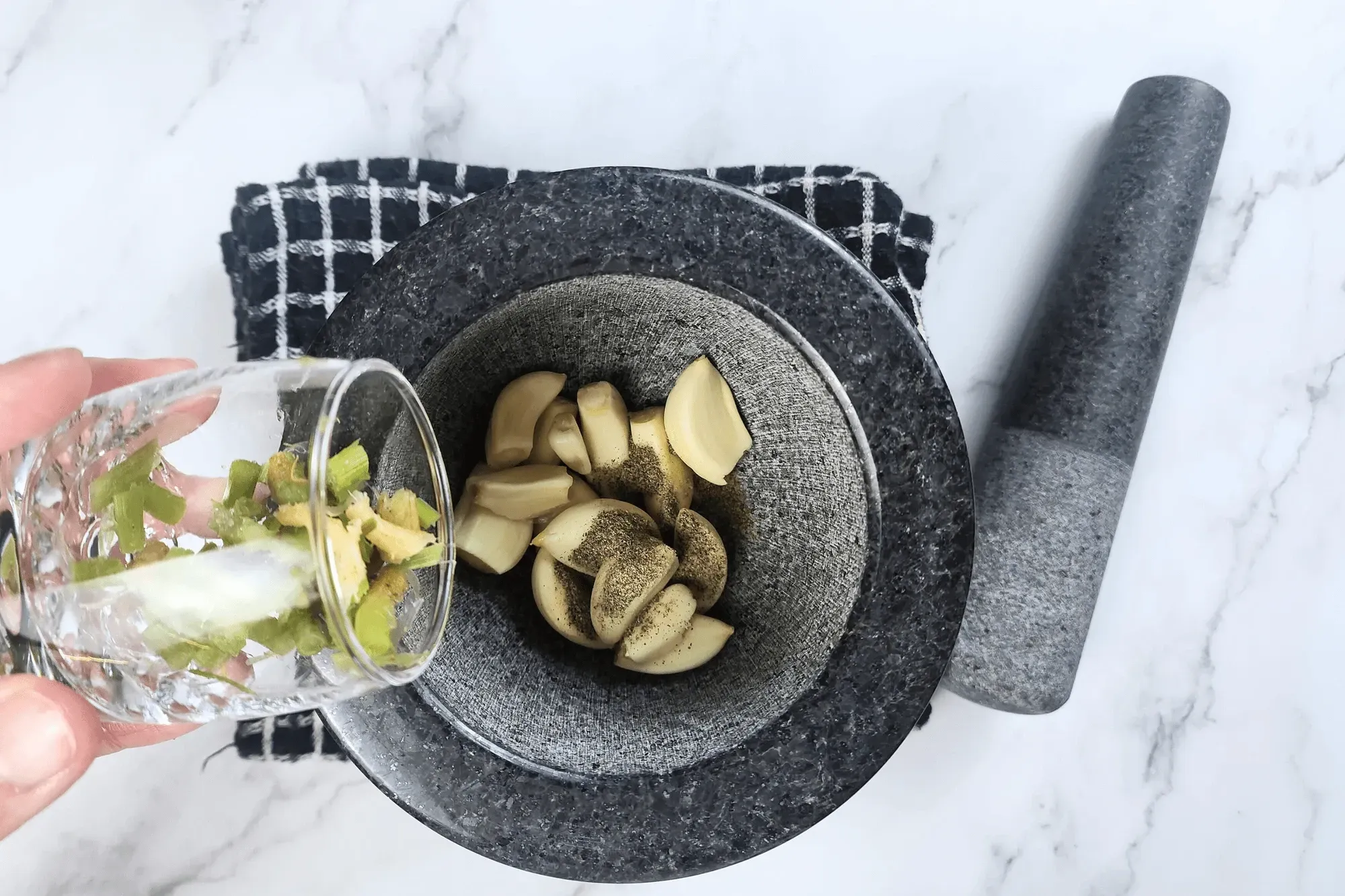
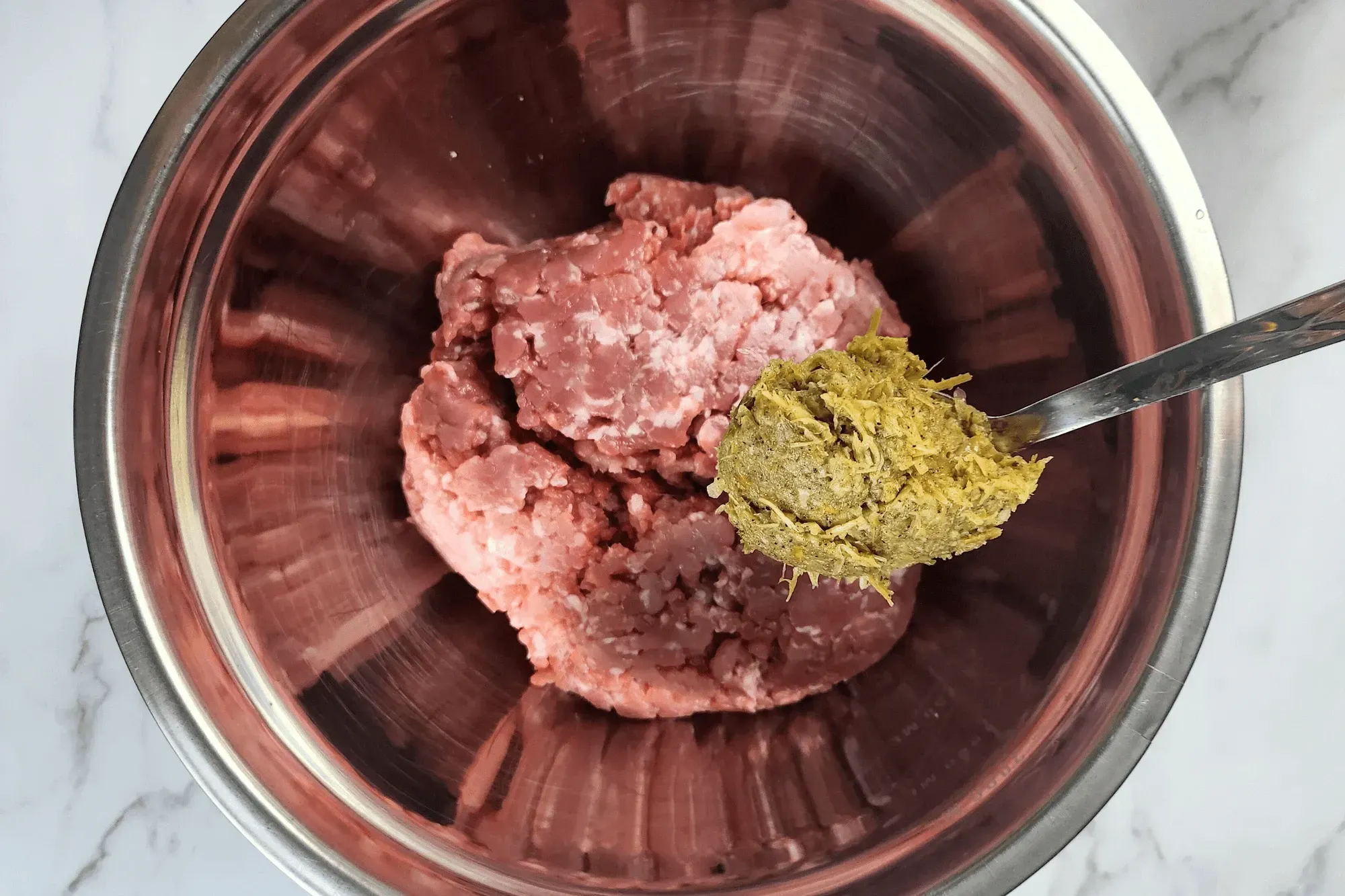
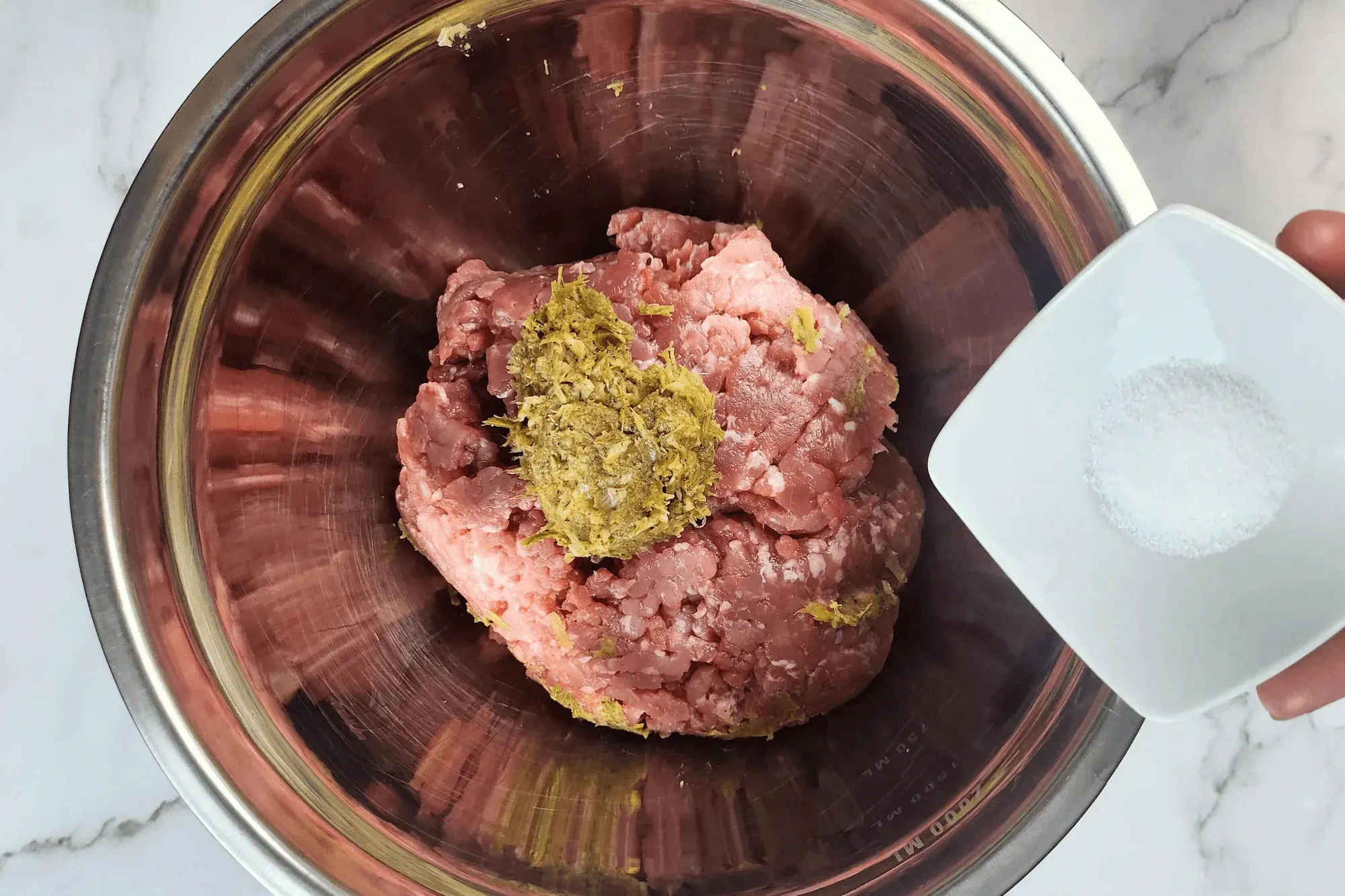
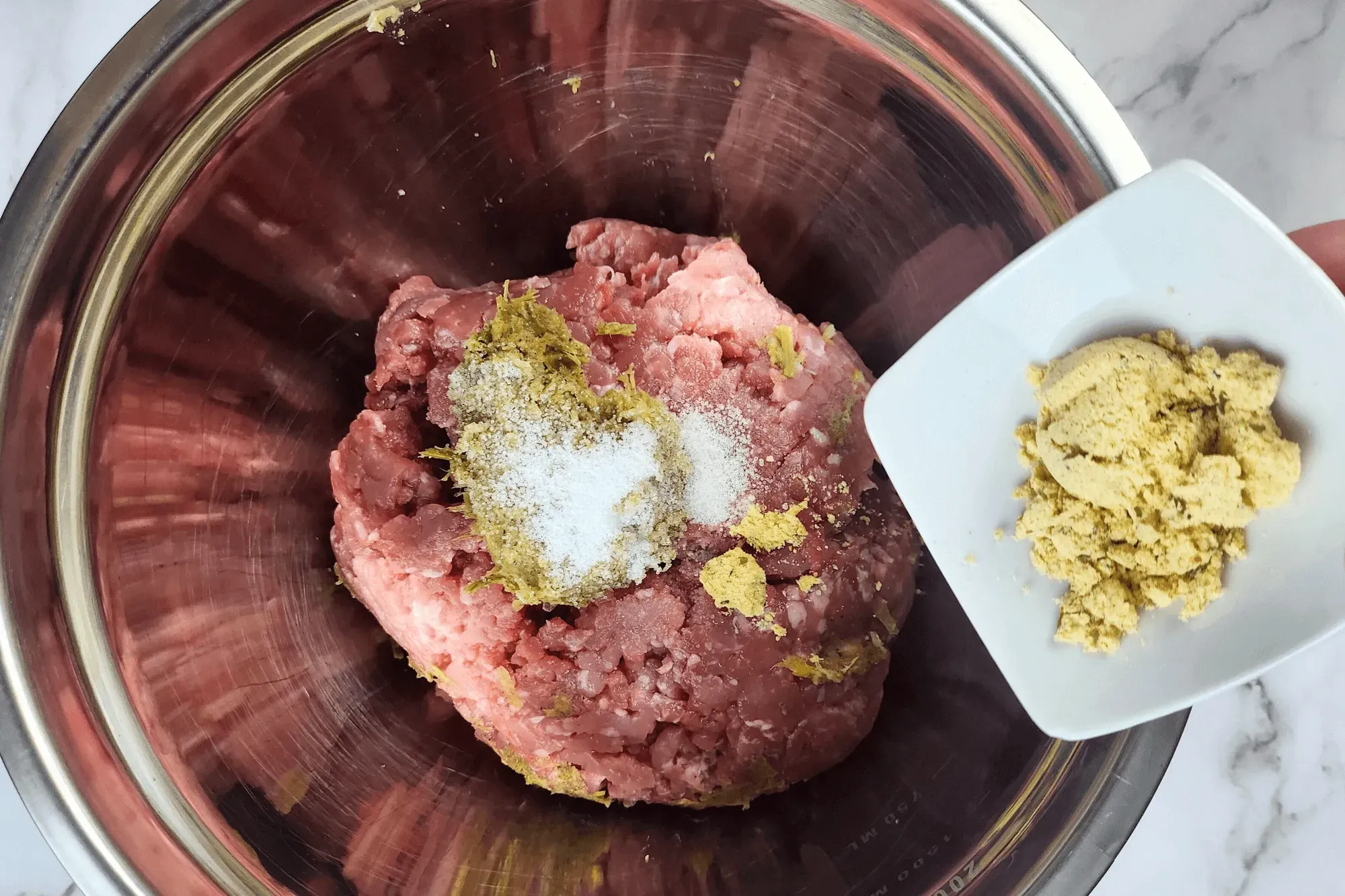
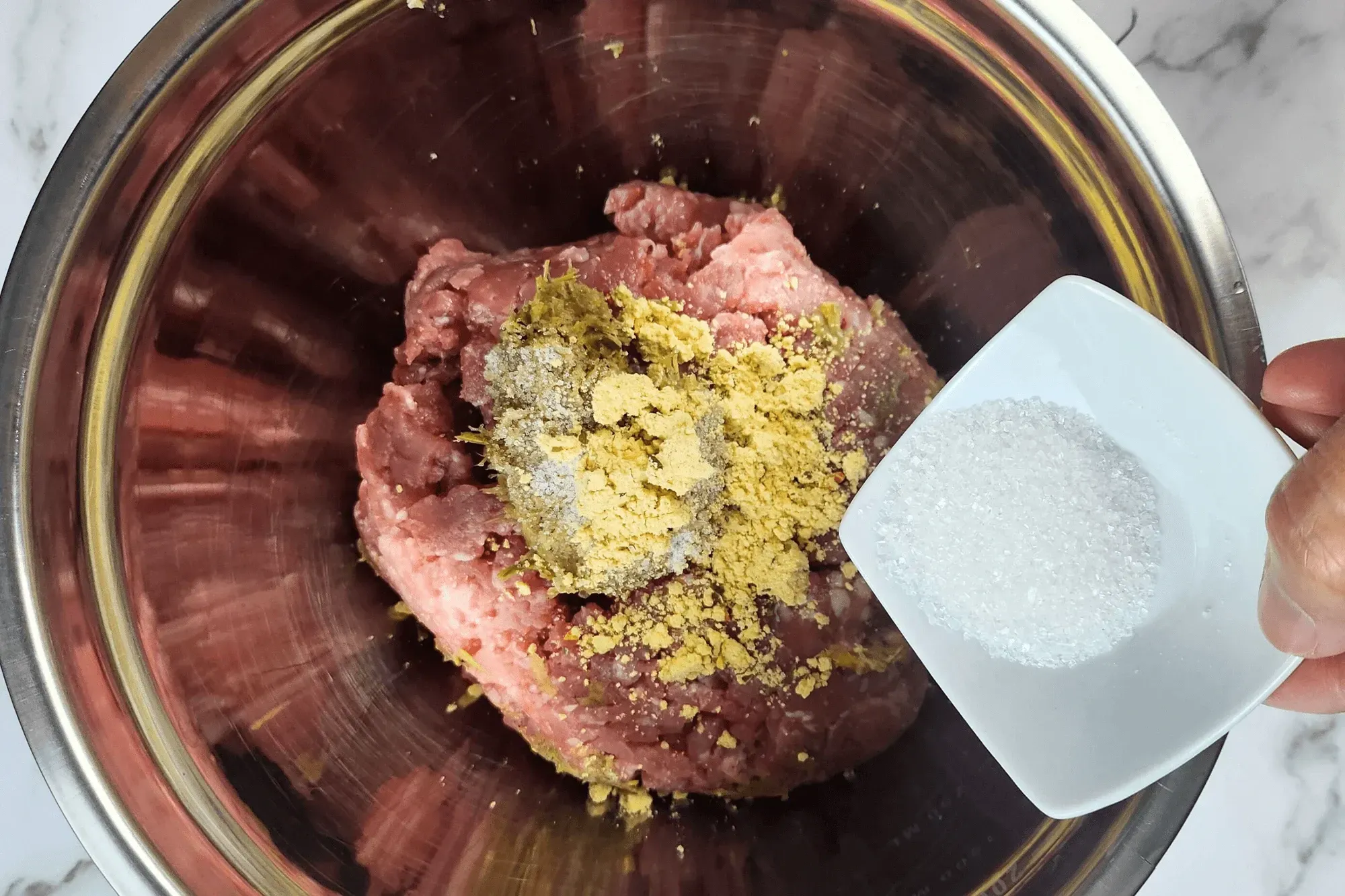
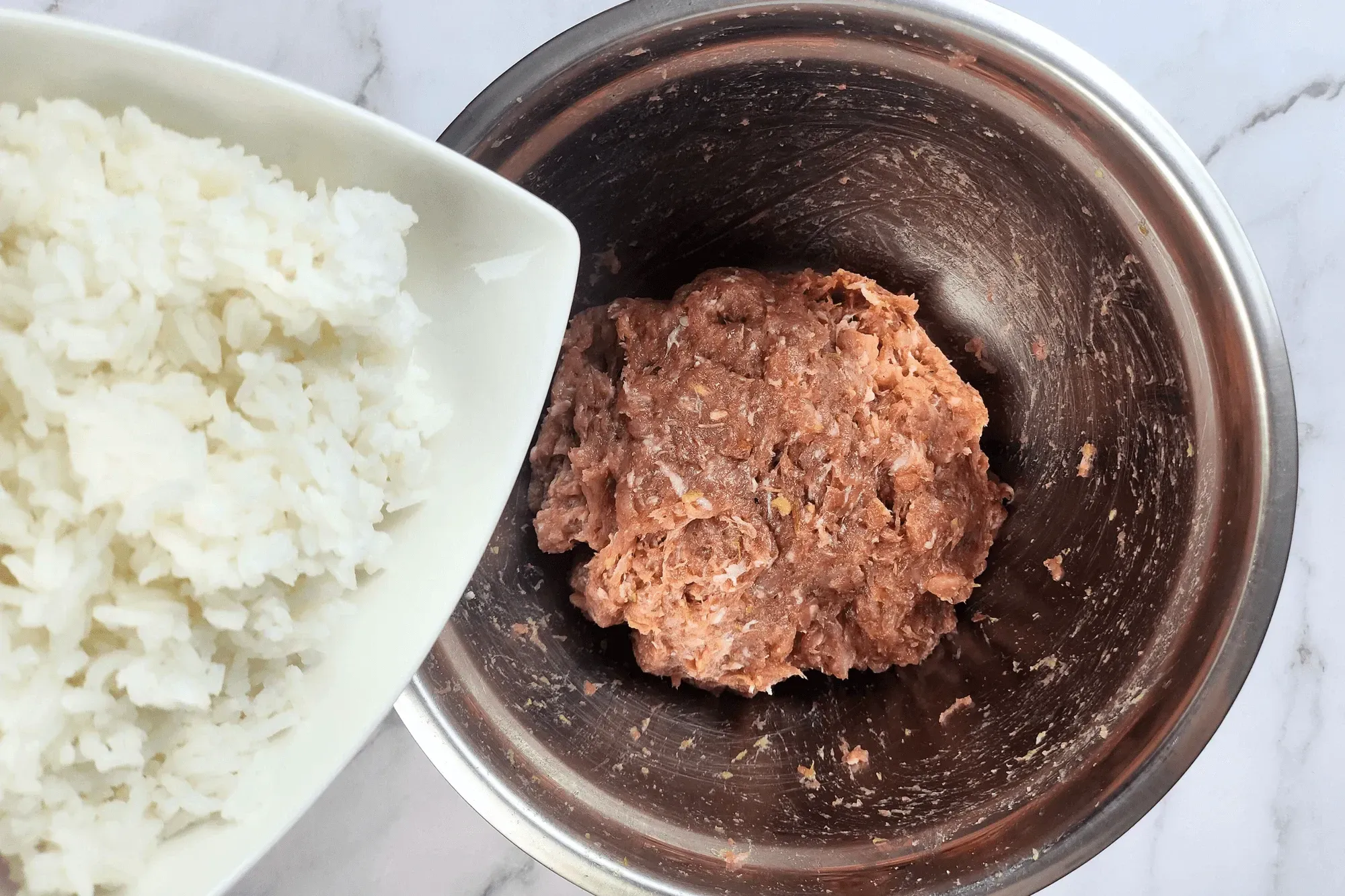
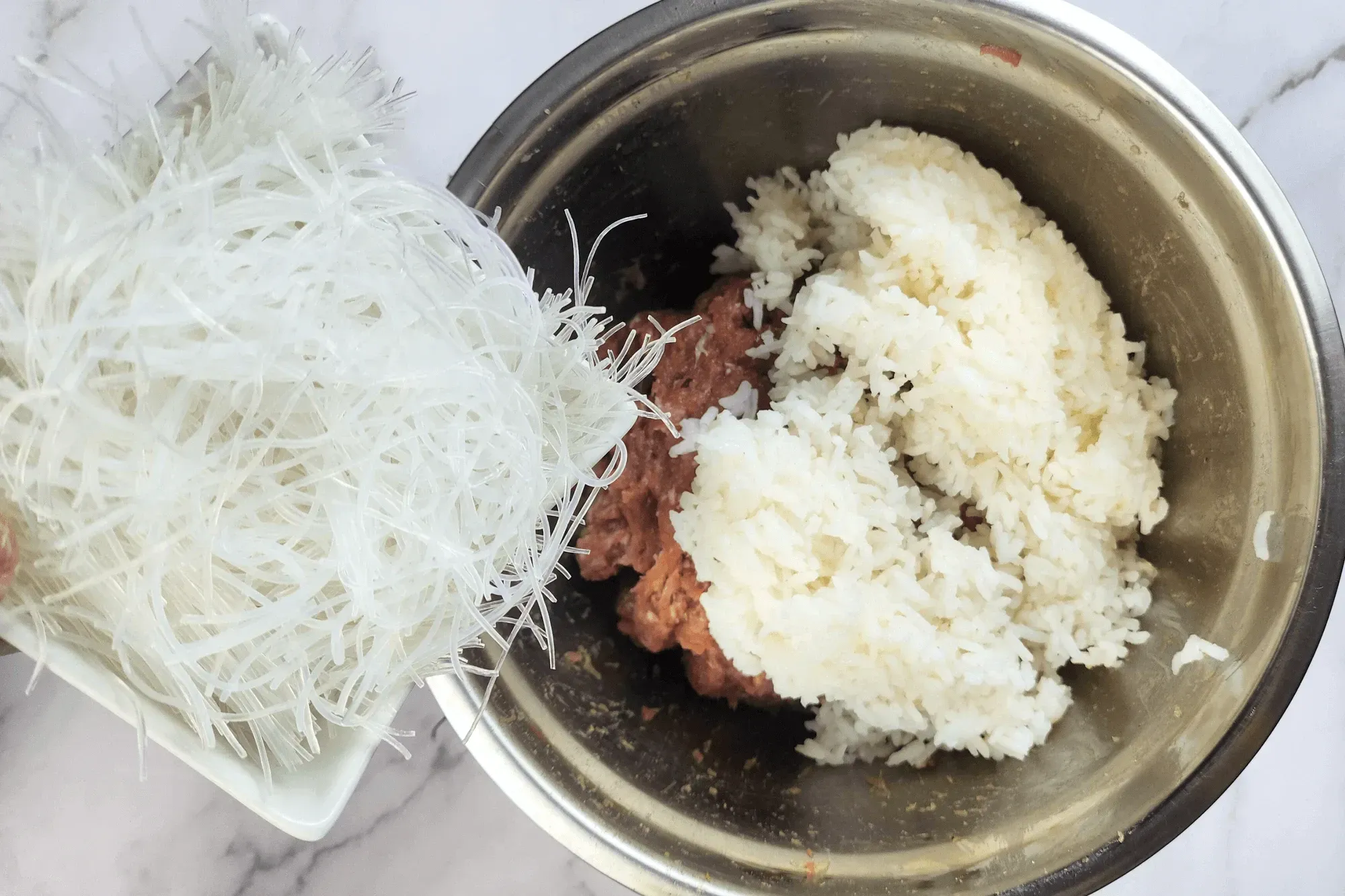
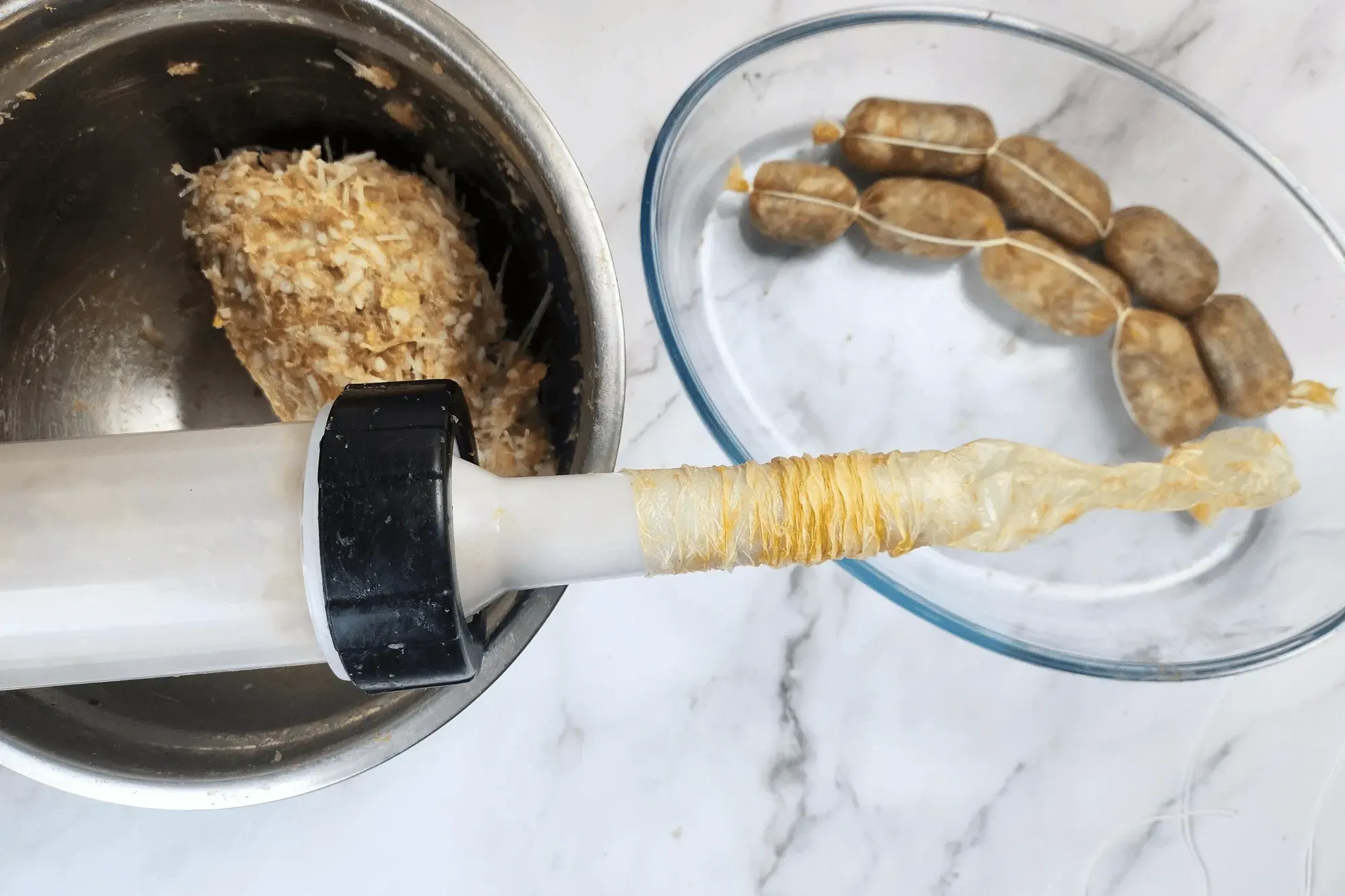
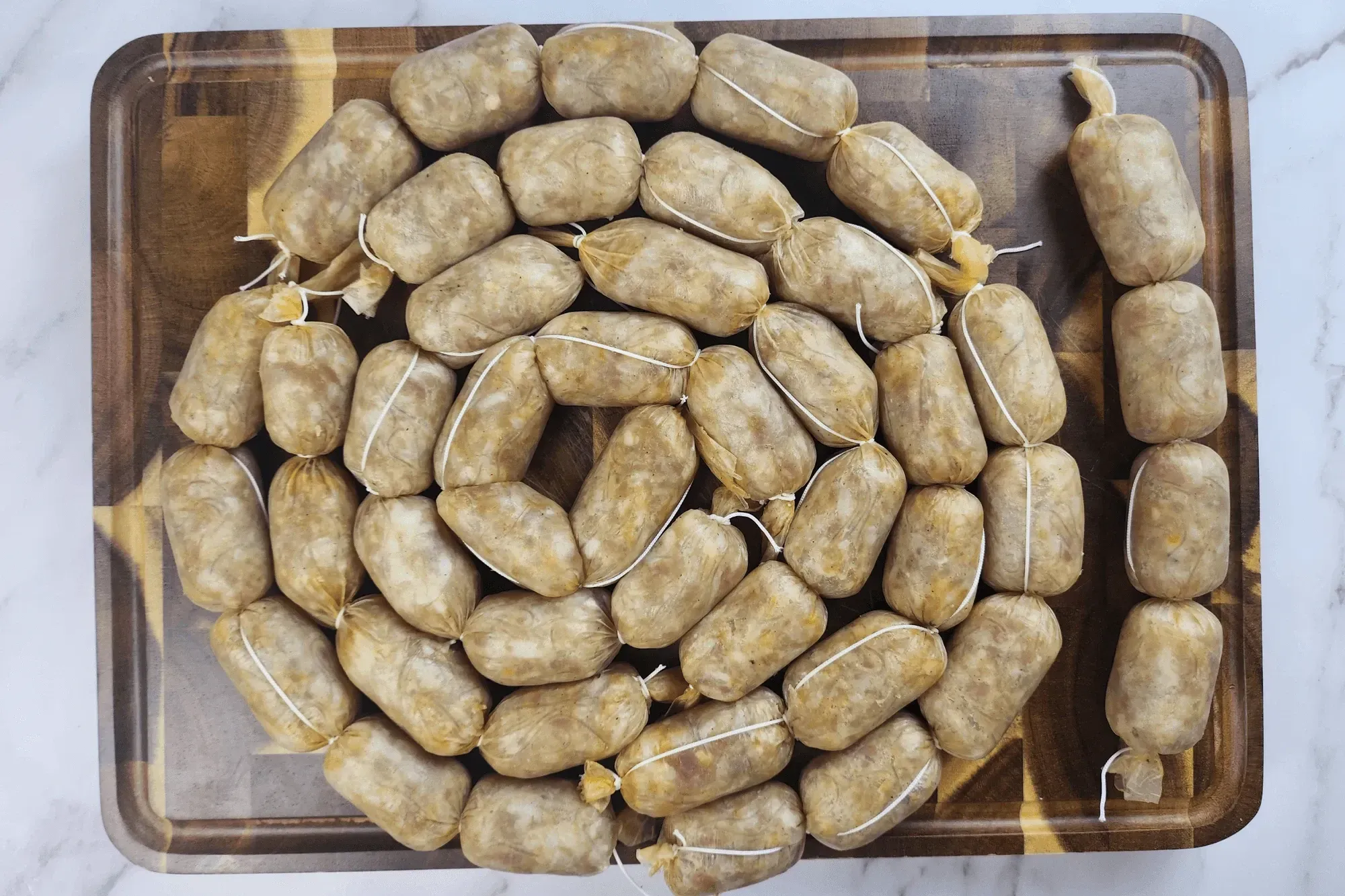
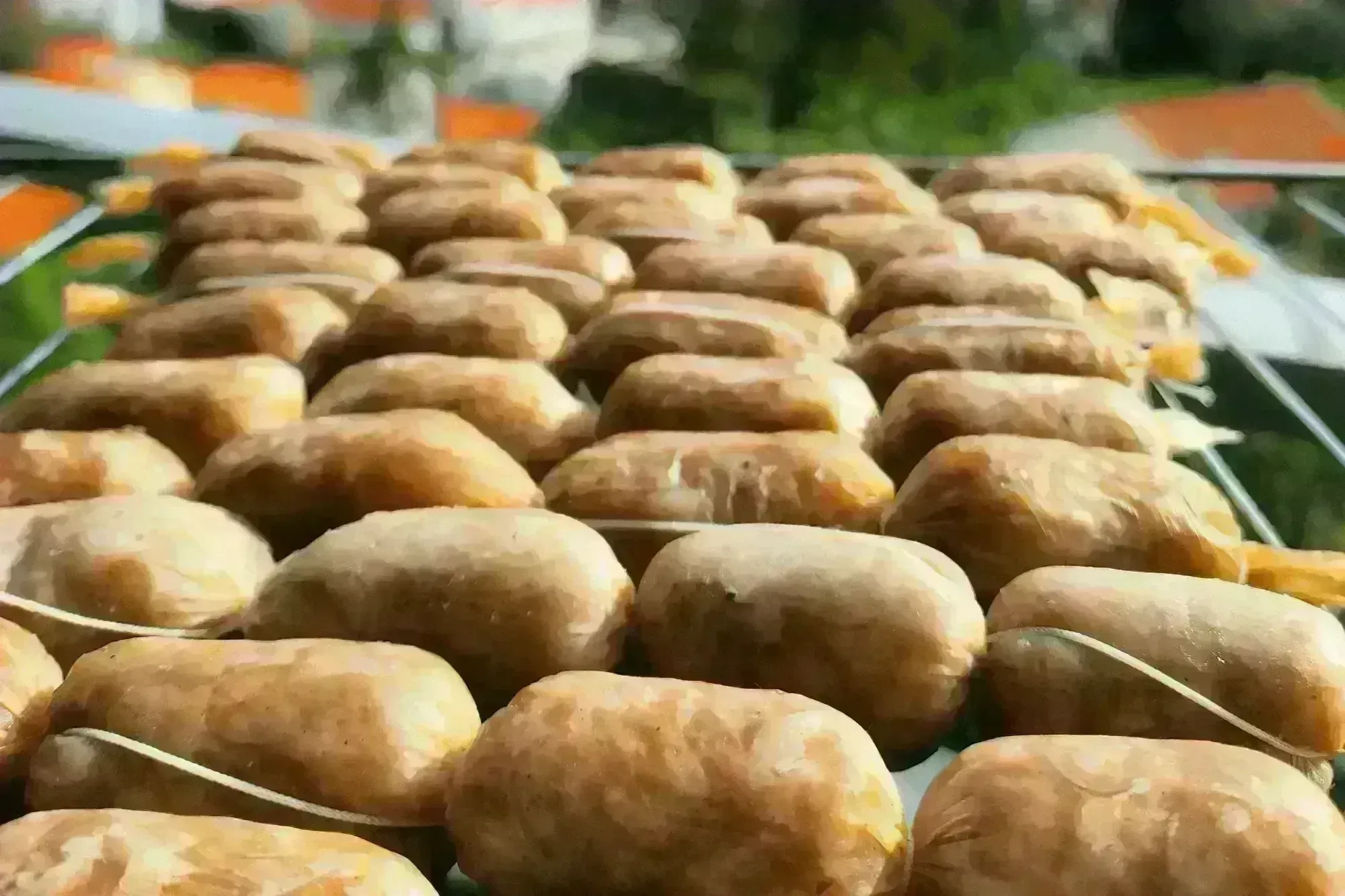

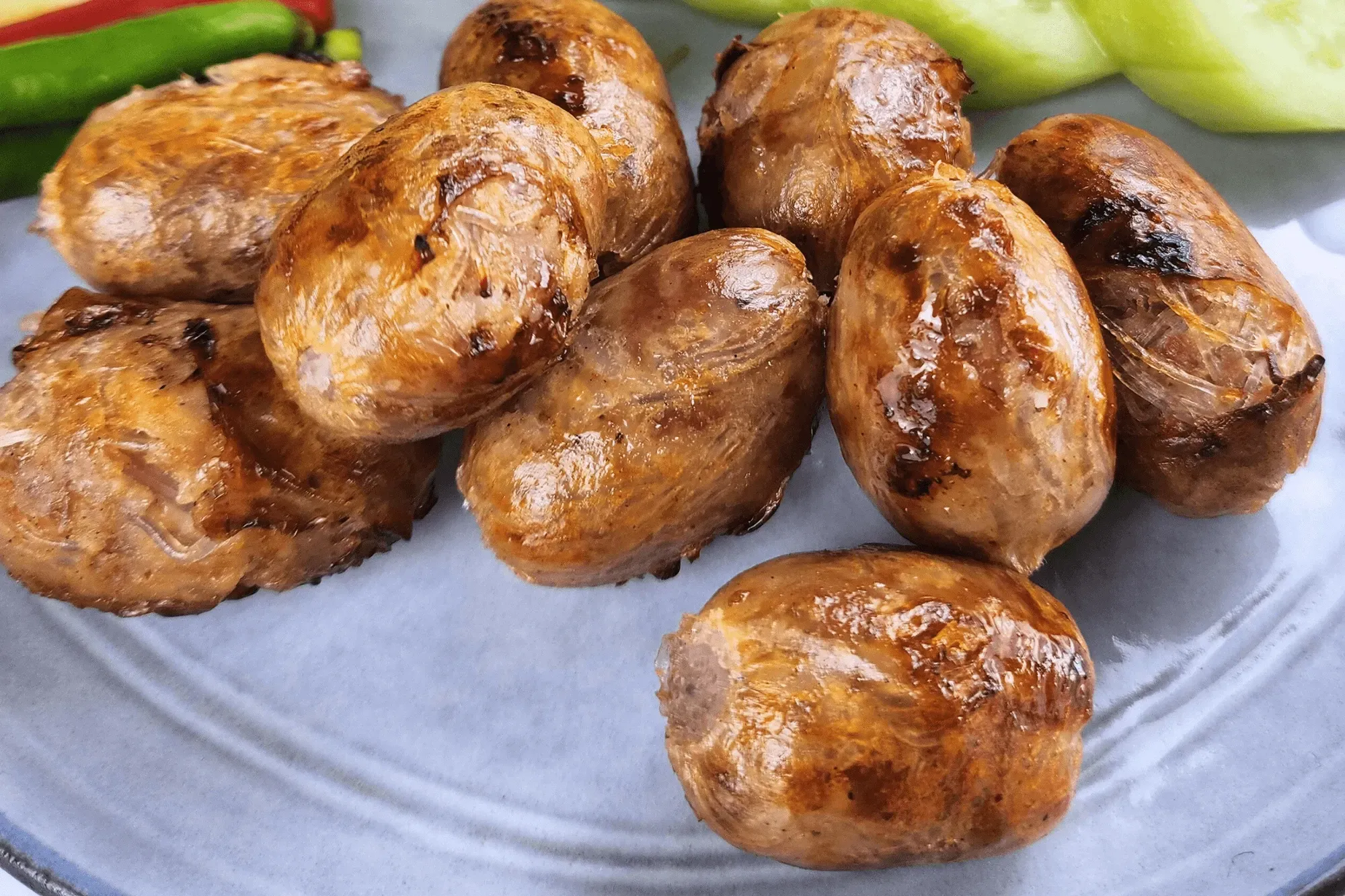

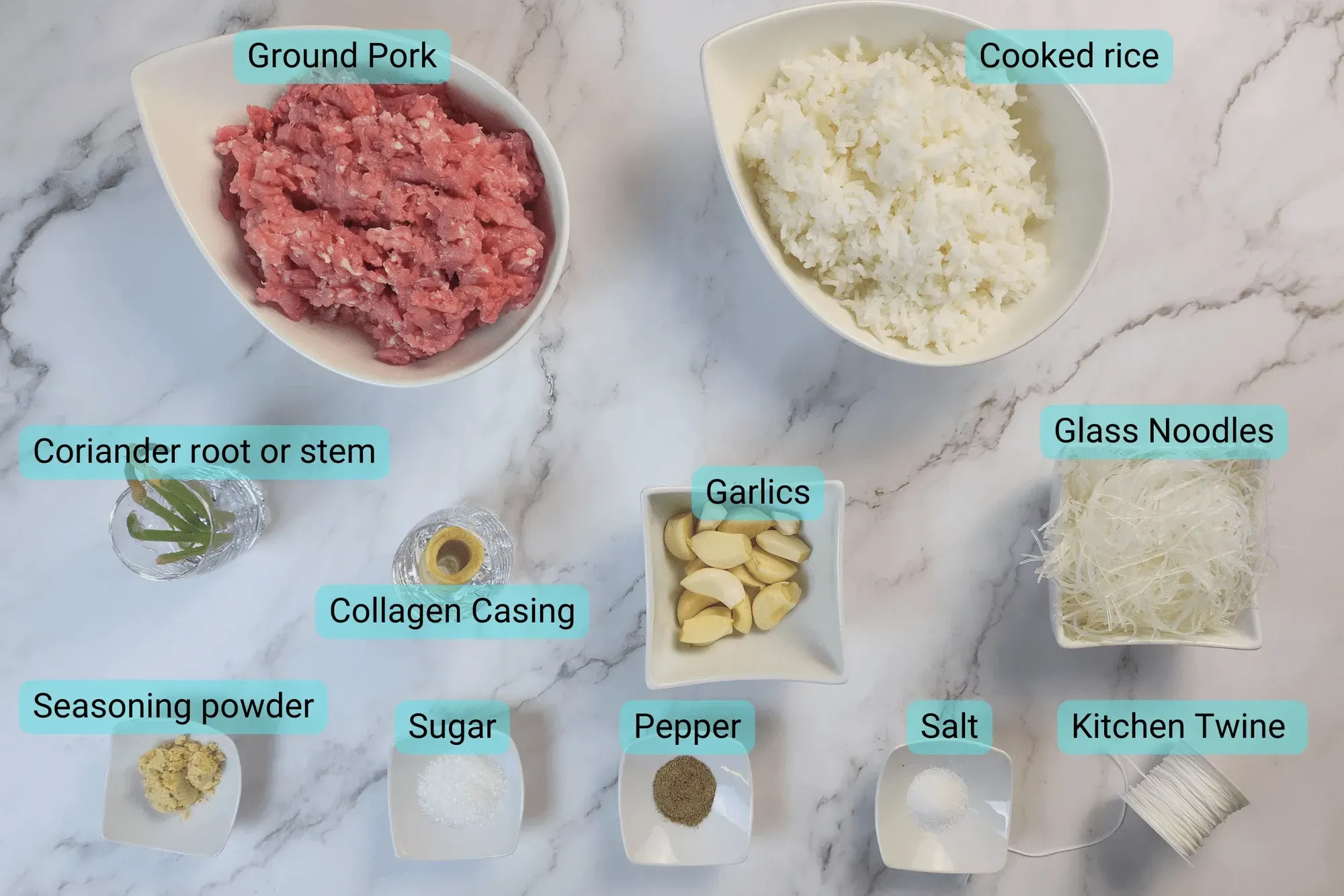
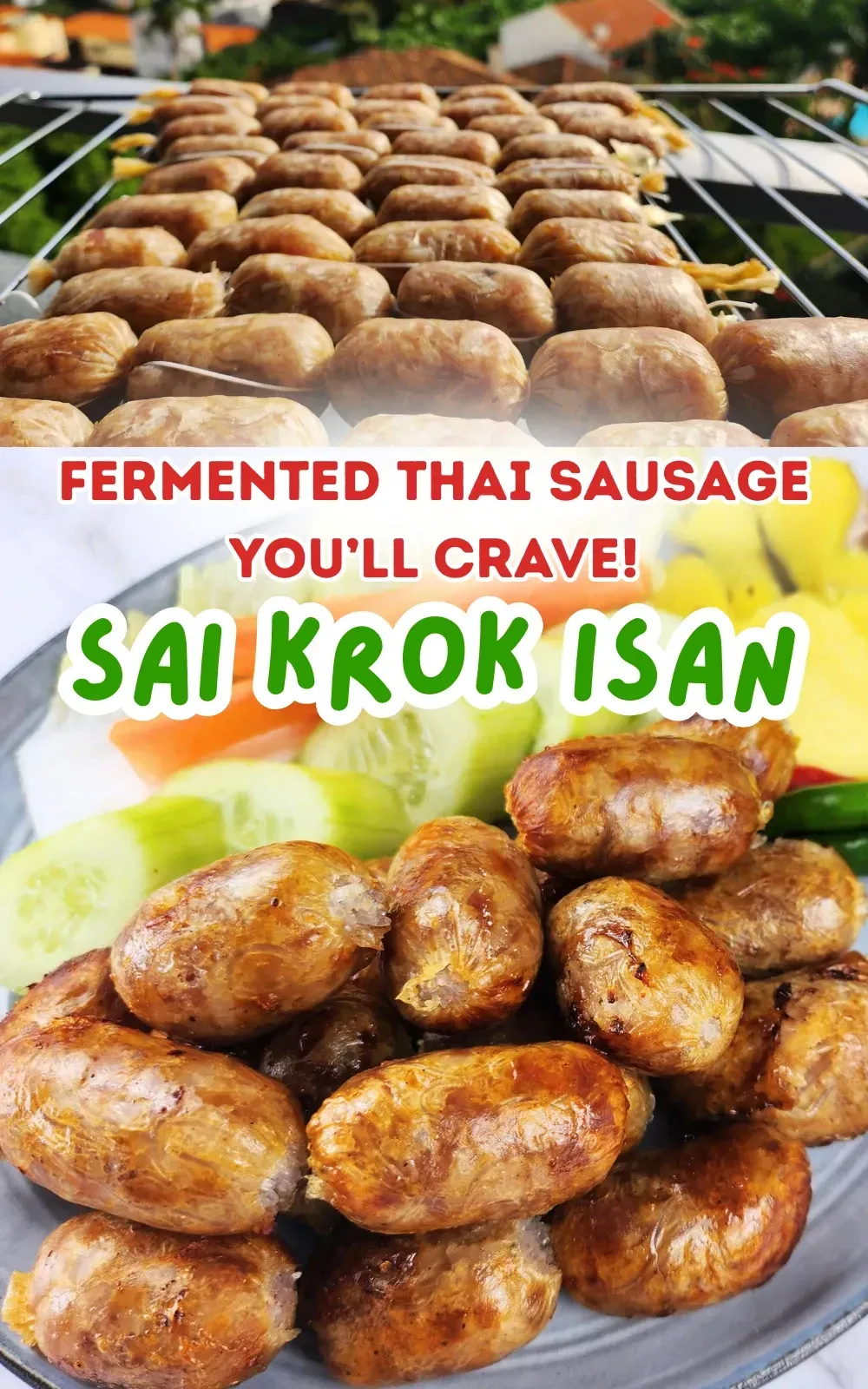
2 comments
Carolyn Turner
These sound so delicious I will have to try making them
9th February, 2025 at 18:19
1 reply
Sho @ Hungry For Thai
These are one of my all-time favorites. I'd love to hear how you get on making them!
9th February, 2025 at 21:08
Leave A Comment
Leave A Comment
Steven
My favourite!! You're recipes and instructions are amazing. Thank you!!!
14th January, 2025 at 2:46
1 reply
Sho @ Hungry For Thai
Thank you so much!! This is one of my favorite recipies too. 🙌🍡
14th January, 2025 at 20:56
Leave A Comment
Leave A Comment